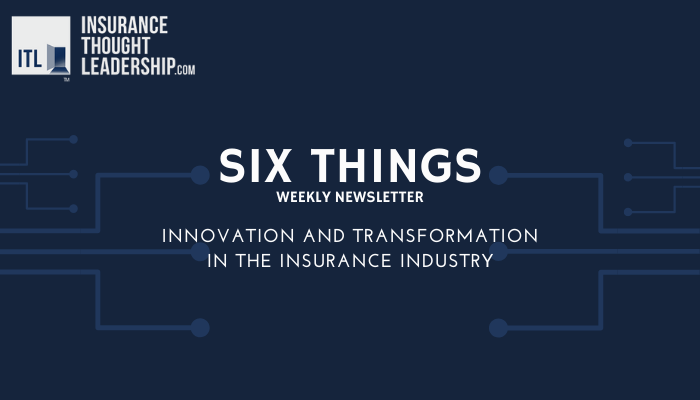|
Paul Carroll, Editor-in-Chief of ITL
The theory goes that, in time, every industry becomes a technology industry. Well, what if we thought of insurance as akin to an electronic device and gave it an operating system, like what we’ve seen in recent decades with computers and smartphones?
The power of operating systems is undeniable. IBM surged to the forefront of the computer industry in the 1960s when it developed an operating system that ran on all its mainframes, meaning that software written for one model could run on any other model in the family. Digital Equipment opened the market for minicomputers in the 1970s with the operating system that tied together its VAX line. The Microsoft operating system that ran on the original IBM PC and compatibles ushered in the personal computer revolution in the 1980s by creating a large enough, unified market that it attracted software developers in droves. The Apple and Google operating systems for smartphones have likewise provided a platform for vast arrays of apps and services, making the devices so valuable that we rarely leave them out of arm’s reach.
Along the way, those operating systems created tens of trillions of dollars of value for shareholders, customers and the developers of apps and services. (Microsoft, Apple and Google, alone, have a combined market value of some $6.5 trillion, and the operating systems have played a key role.)
What could an operating system look like in the insurance industry?
continue reading >
|



















